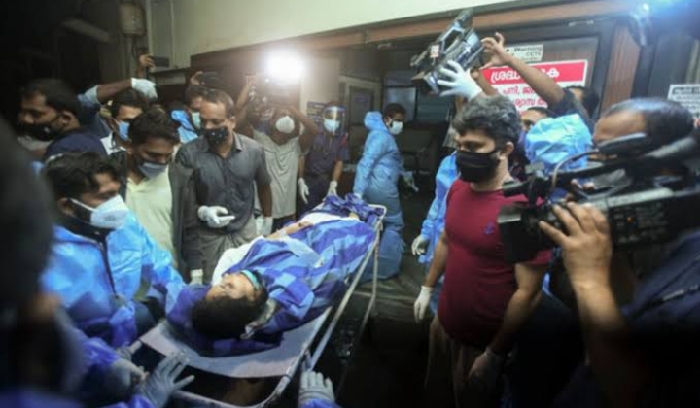Washington, Feb 2: As many as 129 Indians are among the 130 foreign students arrested for enrolling at a fake university allegedly to remain in the US. The Indian embassy in the US has opened a 24/7 hotline to assist 129 Indian students arrested by the American authorities in the "pay-and-stay" university visa scam, officials have said.
The university in Detroit's Farmington Hills was part of an undercover operation by the Department of Homeland Security (DHS) designed to expose immigration fraud, according to federal prosecutors who announced charges in the case.
The arrested students, their friends and family members can contact the embassy at [email protected]. The Indian embassy has appointed a nodal officer to handle and coordinate all issues related to helping Indian students affected by the busting of the "pay-and-stay" racket run by a group of Indians that has put some 600 students under trouble.
24X7 Helpline for Indian Students @meaindia @CGI_Atlanta @IndiainChicago @cgihou @IndiainNewYork @CGISFO @harshvshringla @HarshShringla pic.twitter.com/qd2gCqVR0l
— India in USA (@IndianEmbassyUS) February 1, 2019
The US Immigration and Customs Enforcement or ICE, till Thursday, had arrested 130 students from the fake Farmington University in Greater Detroit area.
The ICE officials said 129 of them are Indian nationals. The fake university was opened by Homeland Security Investigations to trap those involved in illegal student visa racket. It has now been closed.
The arrest of such a large number of students has created panic among the Indian students.
Federal investigators say, the students who took admission in the university knew that the university programme was illegal. Officials said all of them face deportation, besides being put under detention. A number of students have been put under some kind of house arrest with tracking device on their ankle, that prohibits them from moving out of a designated area in their neighbourhood.
As part of its investigations, early this week, the ICE arrested eight recruiters on criminal charges. From their names it appears that all of them are either Indian nationals or Indian-Americans.
"These suspects aided hundreds of foreign nationals to remain in the United States illegally by helping to portray them as students, which they most certainly were not. HSI remains vigilant to ensure the integrity of US immigration laws and will continue to investigate this and other transnational crimes," said Special Agent Charge Francis.
According to the ICE, in 2017, as many as 249,763 Indian students were enrolled in the various American universities.
Students from China topped the list with 481,106 in 2017.
This is for the first time probably that such a large number of Indian students have been arrested in one go.
The number is expected to increase further, as ICE officials continue with their nationwide crackdown on Indian students enrolled in this fake university while working at different places.
Consular Officers from Indian Consulate in Houston met the arrested Indian students at Prairieland Detention Centre, Alvarado, Texas.
This intervention by officials from the Indian embassy and its consulates has helped in release of some of the arrested students.
Some friends and families of the detained Indian students are using Twitter seeking help from the Foreign Minister Sushma Swaraj.
The ICE said foreign students are granted what are called "F" and "M" visas to study in the US and must maintain their legal status by enrolling in a varsity certified by the Student and Exchange Visitor Program. The ICE said since the Farmington varsity did not offer courses, the students were using the programme as a way to work.






Comments
Add new comment